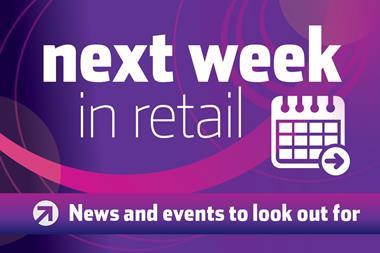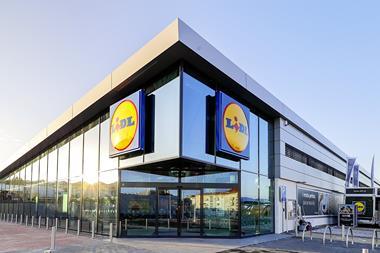There’s now just two weeks to go until the biggest event in the retail calendar.
Despite being a relatively new phenomenon, Black Friday sales this year are expected to set records again for the UK’s biggest online trading day, making it a huge opportunity that retailers simply can’t afford to ignore.
Using Ecommerce Trends, our online ecommerce tracker, we’ve drilled into the online shopping habits captured over the Black Friday weekend last year, to determine what we can expect from this year’s frenzied shopping period.
And the one thing we are certain of is that mobile is going to be huge this year.
Learning from last year
During Black Friday 2015 mobile really took off, accounting for more than 34% of online activity.
Liberated by mobile devices, shoppers were able to buy whenever they pleased in the palm of their hands.
Our data showed that traffic surged between 7am and 9am on Black Friday, as people shopped on the go – possibly during their daily commute.
“During Black Friday 2015 mobile really took off, accounting for more than 34% of online activity”
We’re expecting this trend to grow further this year, taking even more of the share from desktop and tablet devices.
With this in mind, it is essential that online retailers are ready for the mobile mania, ensuring that ecommerce sites accommodate all types of shoppers this Black Friday, no matter what device they are using.
Increased data speeds, better optimised mobile websites and bigger screens are making mobile shopping easier than ever, and consumer appetite is following suit.
But despite this shift, many retailers are still letting sales slip away because of poor design and overly complicated forms.
Making consumers’ lives easier
Retailers need to consider that mobile customers are generally time-strapped and multitasking, which causes them to rush through the checkout at great speed.
Combined with the problem of fat fingers typing on small devices, it’s also very common for customers to make typos when filling in checkout forms; one of the biggest problems being address form errors.
“Retailers are still letting sales slip away because of poor design and overly complicated forms”
When address form errors occur, not only do retailers risk not getting the customer’s parcel to its intended destination, but you also risk customers leaving negative feedback and perhaps never returning to your site.
A great way to combat this issue is to use a predictive address validation tool.
Choosing an address via autocomplete significantly reduces the possibility of the customer entering a typo on checkout address forms.
This means there is less chance of a parcel not being delivered to its intended recipient because of addresses being incomplete or difficult to make out.
It also means that customers have an improved user experience, with less time completing checkout forms.
They are more likely to return to your site and become an advocate of your business.
This Black Friday, we are expecting mobile traffic to account for more than 50% of online transactions, meaning that it is essential for online retailers to provide a smooth customer experience across every channel.
We will be tracking the build up to Black Friday at Ecommerce Trends – the only place to find real-time ecommerce insights.
Chris Harle is the chief operations officer of PCA Predict, the leading international address validation service. Prior to this, Chris spent 10 years as chief finance officer at European fashion and footwear etailer MandM Direct.com where the team grew the business to £120m+ revenues.































No comments yet